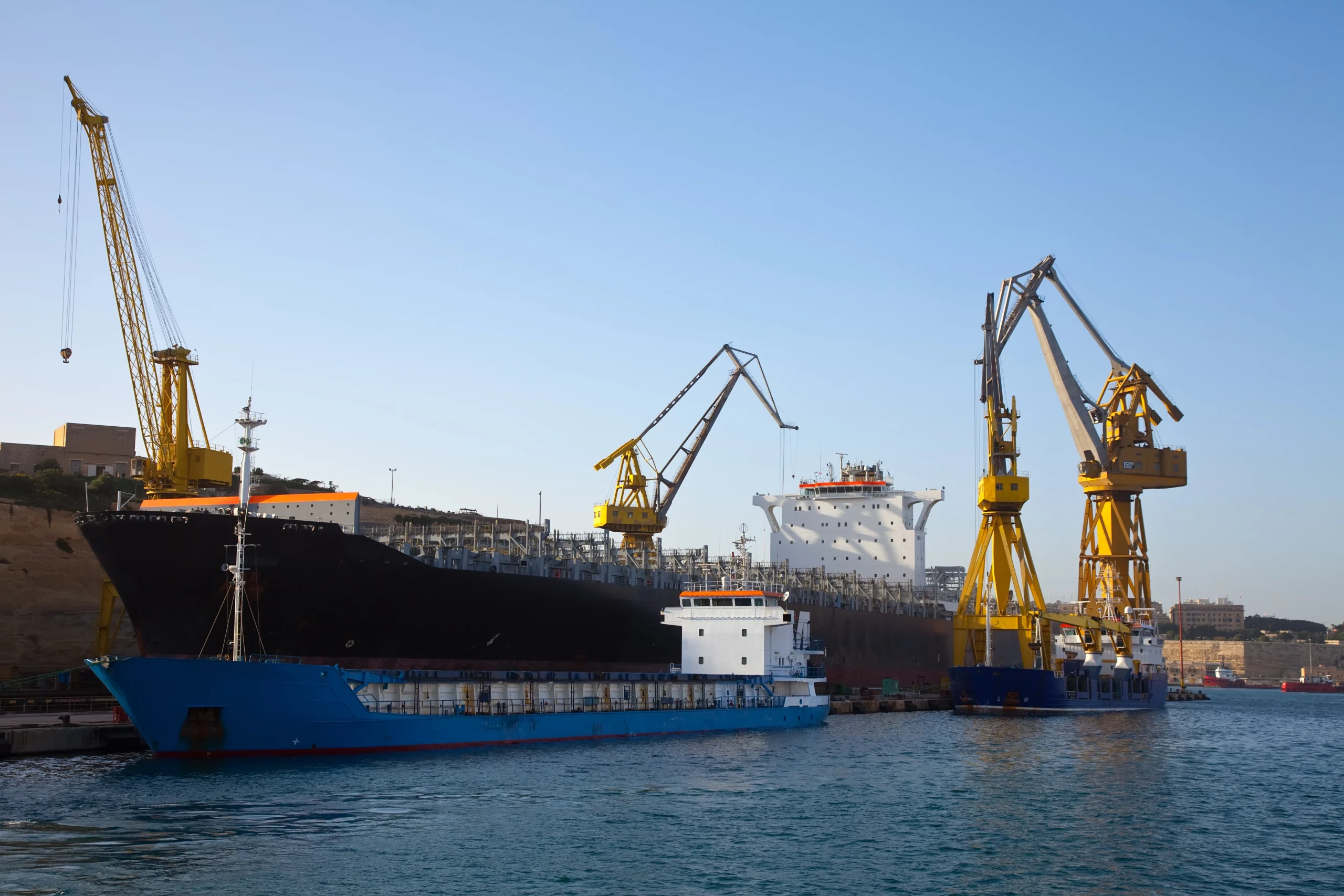
Pumps are the tireless heart of a ship. Like a heart that pumps blood, pumps on ships are responsible for moving various fluids—from seawater to cool the engines, fresh water for the crew’s needs, to fuel and lubricating oil.
Understanding the types and functions of each pump is very important. Broadly speaking, we can divide ship pumps into two main families based on how they work.
1. Centrifugal Pump
Centrifugal pumps are the type of pump you most often encounter on ships. These pumps fall into the Non-Positive Displacement category, which means they move liquids by converting kinetic energy into pressure energy.
How does it work? This pump uses a main component called an impeller (propeller) that rotates at high speed. When the impeller rotates, it creates centrifugal force that pushes the liquid out from its center. This high speed is then converted into pressure as the liquid moves through the pump housing (casing) before finally being channeled through the pipe.
What is its function on a ship? Centrifugal pumps are ideal for transferring large volumes of liquid at relatively low pressure.
- Seawater Cooling Pump: Takes seawater to cool the main engine.
- Ballast Pump: Fills and empties ballast tanks to maintain the ship’s balance and stability.
- Fire Pump: Supplies large amounts of water to the firefighting system.
Click here to see complete information about centrifugal pump
2. Positive Displacement Pump
As opposed to centrifugal pumps, these pumps work by trapping (locking) a certain volume of liquid, then moving it from the suction side to the discharge side. Due to this method of operation, they are capable of producing very high pressures and are well suited for viscous liquids.
There are several types of Positive Displacement Pumps that are commonly used on ships:
a. Gear Pump
This pump uses two interlocking gears that rotate. Fluid is trapped between the teeth and the pump housing wall, then carried in a circular motion from the suction side to the discharge side. This pump is excellent for handling viscous fluids and provides a smooth flow.
- Main Functions: Lubricating Oil Pump for engines and Fuel Transfer Pump (especially for viscous fuels).
Click here to see complete information about gear pump
b. Screw Pump
As the name suggests, this pump uses a threaded screw (screw thread) to push fluid axially (along the axis). Its advantage is a very stable flow, with almost no pulsation.
- Primary Function: Ideal for transferring Heavy Fuel Oil (HFO) that is highly viscous.
Click here to see complete information about screw pump
c. Diaphragm Pump
This pump uses a flexible membrane (diaphragm) that moves back and forth like a piston. This movement creates a vacuum to suck in and then push out the liquid.
- Key Advantages: Because the membrane separates the fluid from the internal parts of the pump, there is no direct contact between the pump mechanism and the pumped fluid. This makes it an ideal choice for pumping corrosive, hazardous, or solid-laden (slurry) fluids, such as in waste or chemical handling.
Click here to see complete information about diaphragm pump
d. Reciprocating Pump
This pump works by the forward and backward movement (reciprocating) of the piston or rod. This movement creates a vacuum to suck in liquid and high pressure to push it out.
- Primary Function: Used for applications requiring extremely high pressure, such as Steam Boiler Feed Pumps or certain hydraulic systems.
Other Pumps with Key Roles
In addition to the above classifications, some pumps have specific tasks for the safety and well-being of the crew:
- Bilge Pump: Its job is to remove dirty water and oil mixtures that collect at the bottom of the ship (bilge). This is a critical safety system.
- Hydrophore Pump: This pump functions like a water pressure booster pump in a home. It ensures that fresh water or seawater is supplied to the bathrooms, galley, and deck of the ship with stable and adequate pressure.
From the various types of ship pumps discussed, it can be concluded that each type has an important function in maintaining the smooth operation of systems on board. Choosing the right pump not only supports operational efficiency, but also the safety and technical life of the ship as a whole. Contact us to get recommendations for marine pumps that suit your needs.







